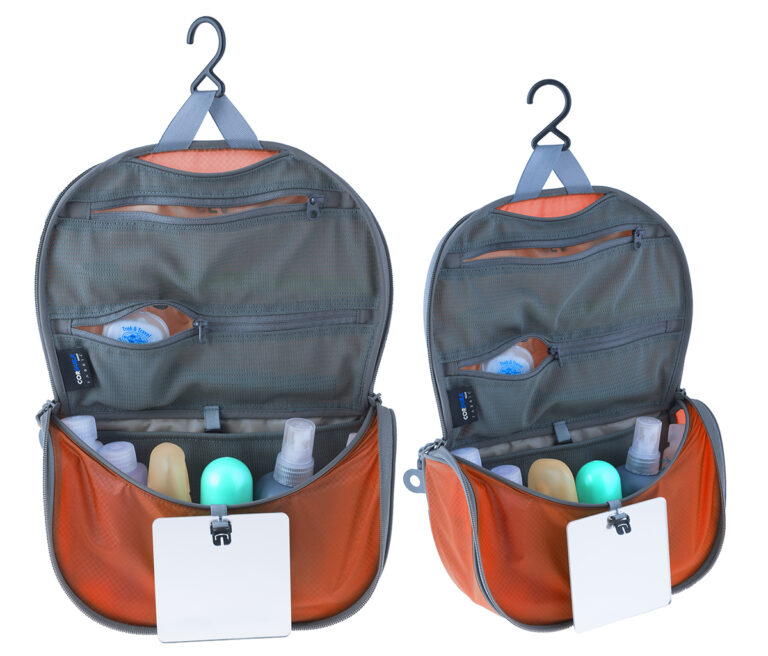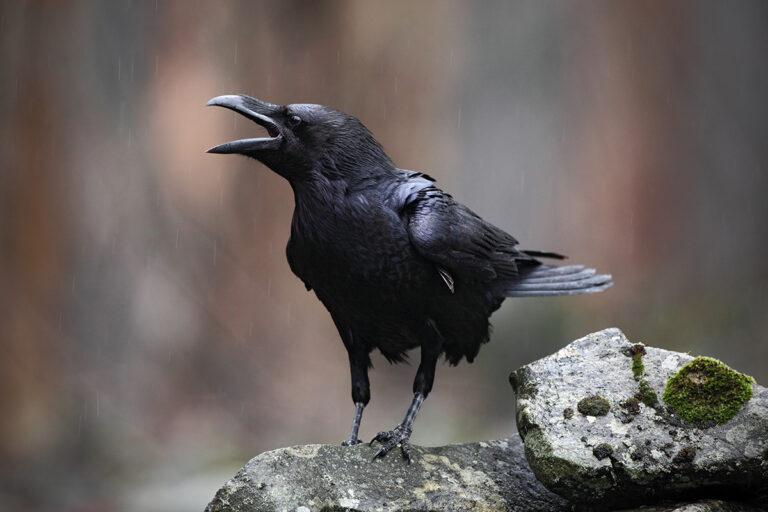Located about an hour west of Spokane, the Swanson Lakes Wildlife Area is an uncrowded central Washington hiking spot. This rural meander provides open views, subtle plateaus, native grasses, and a series of seeps that lead to larger lakes spotting the region. You can count on open skies, fresh air, and a refreshing sense of isolation.
Typically, I know it’s going to be a good hike if I have to take a gravel road to reach the trailhead. Most of the “trailheads” will be gravel road pull-offs in this area. Swanson Lakes is a quiet, flat area home to many types of northwest desert birds, including native hawks and Sage Grouse. If you’re interested in birdwatching, you may be able to spot Yellow-Headed Blackbirds, Horned Larks, Tree Swallows, Gray Partridges, Western Meadowlarks, Killdeer, or Mountain Bluebirds. Binoculars are a good idea even without the goal of finding birds, as you’ll be able to scope nearby plateaus and choose your own hiking route.
The low elevation gain makes for easy walking, but the lack of a clear trail in most areas makes this an intermediate hike. Swanson Lakes Wildlife Area has approximately 21,000 acres, so you’ll have the freedom to wander widely. Many of those acres are open rangeland, so you may run into the occasional cow pie. Much of the grassland habitat has been restored and is an important refuge for Sharp-Tailed Grouse, so be sure to tread respectfully while hiking. There’s little to no cell phone coverage, which means this hike is refreshingly quiet and tech-devoid. It’s a place to notice the clouds, feel the wind, and listen to bird song.
This hiking area is accessible in early winter when there’s minimal snowfall, boasts regional wildflowers in spring, will be shadeless and hot in summer months, and showcases red, orange and gold brush come fall. There are a few strands of aspen and rimrock lakes, but no potable water, so plan accordingly. You may see coyotes, rabbits, hawks, owls, or rattlesnakes, depending on the season. There are no restrooms other than the vault restroom at the WLA Headquarters, where you can park with a Discover Pass or WDFW Vehicle Access Pass. If you hike in the spring, be sure to cover your skin and wear light clothing to deter ticks and use preventative tick measures for dogs.
If you’re a bit navigationally-challenged, I’d recommend downloading the Swanson Lakes area in the Maps app of your smartphone ahead of time, so the map will work offline in remote areas. The advantage of downloading the map area is that it will still show your location as you move around on the map without cell service. The good news is that almost every point within the Swanson Lakes Wildlife Area is no farther than two miles from a country road. You can also refer to Best Desert Hikes: Washington or contact the Washington Department of Fish and Wildlife for more information.
Getting There:
Starting in Creston, WA, turn south onto Swanson Lakes Road when you see grain elevators along Highway 2. Continue as the road changes to Seven Springs Road. Keep to the left at the fork in the road. You’ll find the Department of Fish and Wildlife office one mile from the fork. You can continue along Seven Springs Dairy Road and find other pull-outs that act as trailheads and hike to small lakes, such as Florence Lake. Green WDFW signs will indicate public lands. //
Lisa Laughlin is an Out There Outdoors Associate Editor. She’s looking forward to spring hiking, gardening, and trail running.












